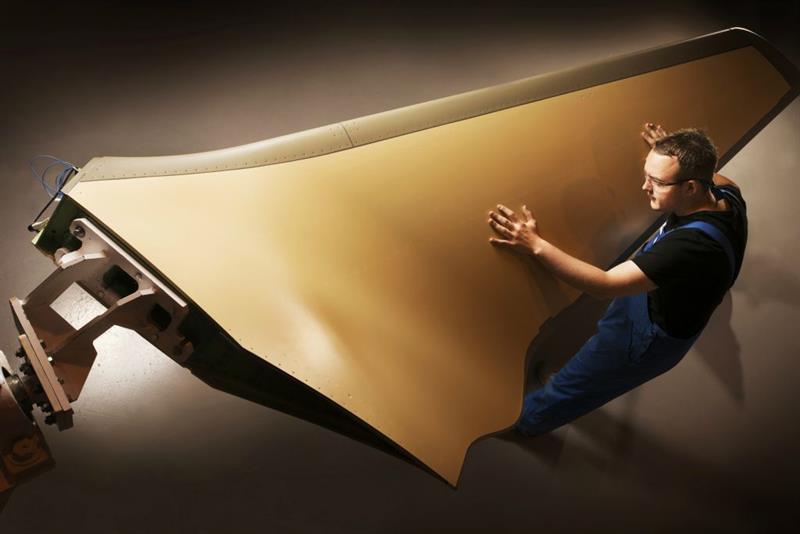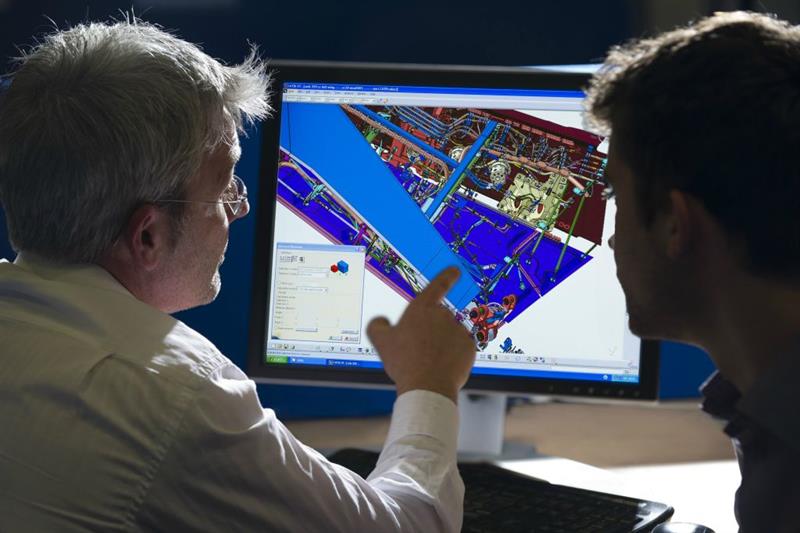Since the early 1900s the biggest change in design has been thickness. Thicker wings introduced in the 1920s and 30s allowed higher speeds to be reached and better manoeuvrability as well as the addition of in-wing fuel tanks, which ushered in the possibility of long-haul flights.
While the basic aerofoil has remained the fundamental platform for generating lift, there have been huge advances in both the materials and manufacturing processes used. OEMs are placing a major focus on trying to reduce drag and weight across all components in an effort to improve performance and efficiency.
“Efficiency is at the front of airline executives’ minds,” says Anand Parameswaran, senior vice president of aerospace and defence at Cyient. “As an increasingly demanding customer base calls for cheaper flights, cost effectiveness in both the operation and manufacturing of the aircraft is crucial for airlines to maintain profit margins.”
As airlines constantly push their manufacturing suppliers to deliver more efficient aircraft, OEMs are turning to technology to drive improvements in wing design and manufacture, focusing on improvements in aerodynamics and reductions in component weight.
 Lightening the load
Lightening the load
Fuel efficiencies are a major part of potential cost savings for operators. The amount of fuel used during a flight is approximately proportional to the drag of the aircraft. Higher drag means more fuel burnt and higher cost to the operator, so designers and manufacturers throughout the supply chain have focused on reducing weight during wing design.
The introduction of advanced composite materials has reduced the weight of wings in comparison to the predominantly aluminium structures that have been used since the 1960s. Composites can also be ‘tailored’ to specific design loads, strengths and tensions for different wing and aircraft models.
In recent years, this process has been further improved through the addition of nanomaterials that are applied to composites during manufacturing, making them even more specific to job functions in the wing. For example, incorporating electrical conductive nanoparticles into structural components can guard against lightning strikes, or high-strength nanoparticles that can improve the damage resistance of the outer wing laminate.
Another major technological advancement is the application of 3D printing and rapid prototyping.
This process is being used to achieve significant weight and aerodynamic savings by allowing new and innovative design ideas to be trialled, adapted and perfected at minimal cost, before graduating to wider production. Crucially, these developments, are aimed at manufacturing lighter wing components that construct a more aerodynamic wing structure at lower production costs. These innovations are driving fuel and costs savings that can be passed on to the airline operator.
Integrated design 
Technology is also having a secondary impact on the design and construction of aircraft wings, as they increasingly support and house hardware, such as sensors, used for structural health and performance parameter monitoring.
Russ Dunn, senior vice president for engineering and technology at GKN Aerospace, says: “We’re already looking at embedded systems as part of the structures that we make. Integrating them into structures brings challenges around inspection and maintenance, but there is a trade-off: you can fabricate both the composites and the metallics so they get increased protection from the environment, from operators, and all of those things that could affect the component from operating faultlessly on an aircraft for the next 30 years.”
Additional allowances must be made for the physical space they need and the added weight they bring. According to Dunn, the latter is an area where there is still significant potential improvement to be made. Rapid prototyping is one of the main manufacturing methods being used to solve this issue, shaping and refining the product to optimise dimensions and incorporate the hardware without compromising the highly-tuned wing structure.
Recently design innovations at the wing-tips have helped to significantly improve aerodynamic performance of aircraft. Winglets and raked wing-tips reduce the effects of the ‘wake’ – the swirling vortex of air left behind the wing as it passes through the air at high speed. By reducing these disturbances, the passage of the aircraft is smoother and more efficient. It achieves the same effect as increasing the wingspan of the aircraft but without the added weight. Applied to new aircraft design and even retrofitted to old models, these alterations at the wing-tip have achieved dramatic drag and fuel efficiencies. Boeing, for example, has shown that when applied to the 767 aircraft it realised a 4-5% fuel burn improvement, which translates to 1.9 million litres of jet fuel and 4,790 tonnes of CO2 per plane per year.
Morphing wings
Engineers and designers are taking advantage of new technologies and design methodologies to drive improvements in aerodynamic performance and reduce the weight of components throughout the wing structure and airlines are realising huge fuel efficiency savings as a result.
However, Dunn thinks that rather than additive manufacturing shaping the aircraft wings of the future the biggest change will come down to how the plane is powered. He explains: “Today’s configuration has worked very well for 50 years; you have these wing structures that are filled with fuel. Move to an all-electric aircraft and you don’t have fuel on board, so what will the aircraft look like then? The need for these large flat sheets filled with fuel is suddenly different.”
Perhaps, as is starting to happen already with hybrid aircraft, the heavy, bulky hydraulic and pneumatic flap controls will be replaced with smaller, lighter electronic parts? Because more and more movable parts could be moved inside the wing, the fairings beneath the wings that house the runners could be removed, reducing drag. Morphable wings are currently being tested by most of the big airline companies as well as Nasa where there are no flaps at all and the wing bends due to its embedded electronic controls.
Whatever happens, it seems electrification, rather than manufacturing methods, is the key to shaping the aircraft of the future.











